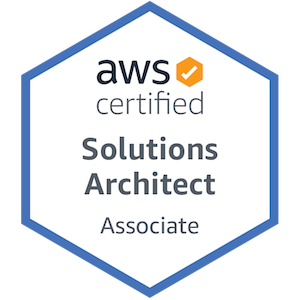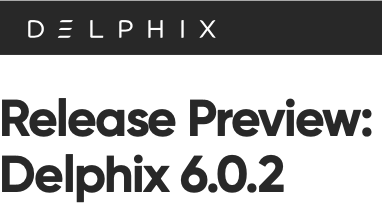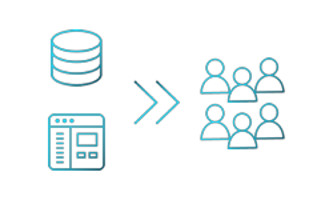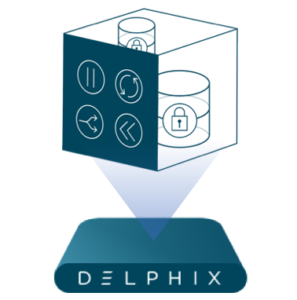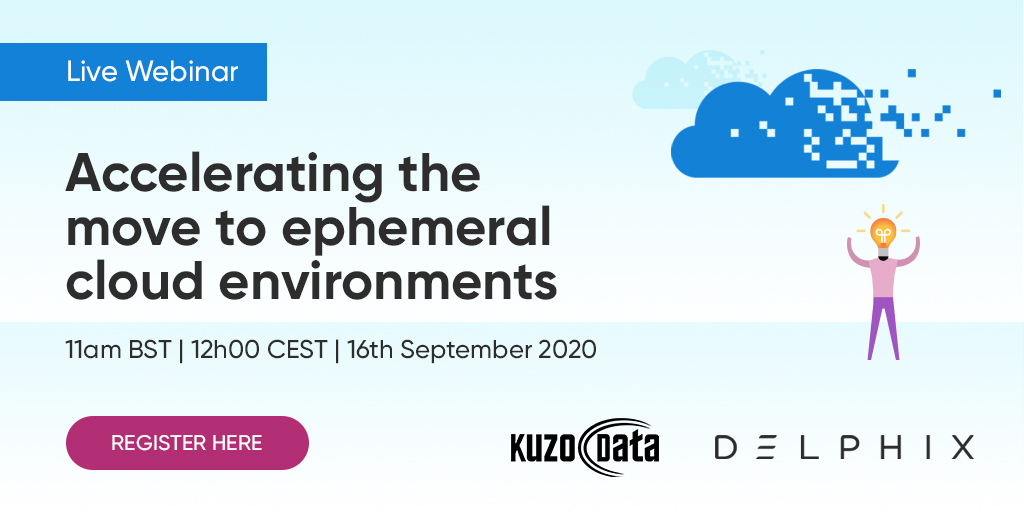
I’ll be running a live webinar on the 16th September 2020 in conjunction with Mark McGill from Delphix, where we will do a live demo of some really cool stuff with data virtualisation in the cloud.
Using Delphix with the public cloud (AWS in this case) we will demo how super easy it is to spin up secure dev/test/analytics environments of any size on demand.
I’ve been working on this as a solution for a customer over the last few months and the possibilities it opens up are numerous. Gone are the days of the lengthy procurement process to get some tin in the data centre, or the request process to have VMs spun up, or the capacity planning headaches, or the on going costs even when you’re not using your infrastructure.
The public cloud solves all that but you mix it with Delphix and you also solve the problems of moving data around environments. It literally takes minutes to spin up 1, 10, 100 new copies of a masked production database on server resources of your choice to meet your requirements right now.
I’m pretty excited about this so come have a look at the demo and see what you think.
Here’s the registration page. If you can’t make it register anyway and you’ll be sent a recording to view at your leisure.
See you there.
